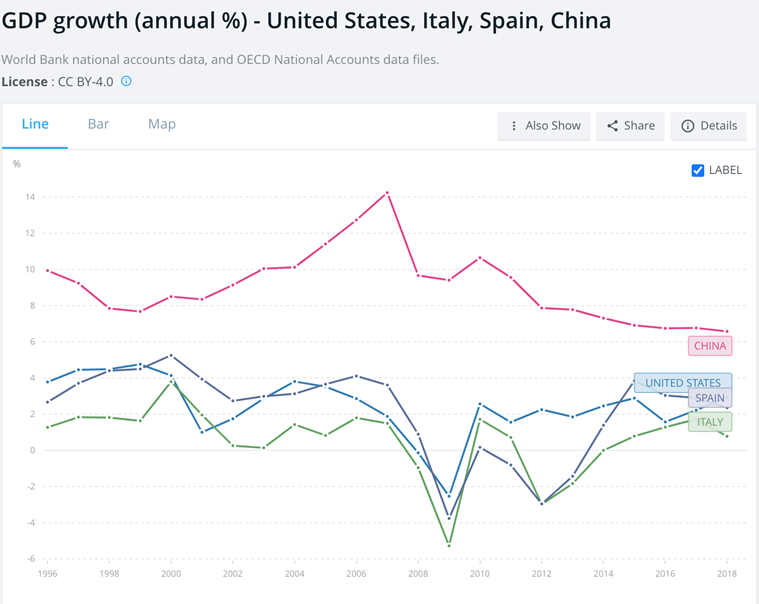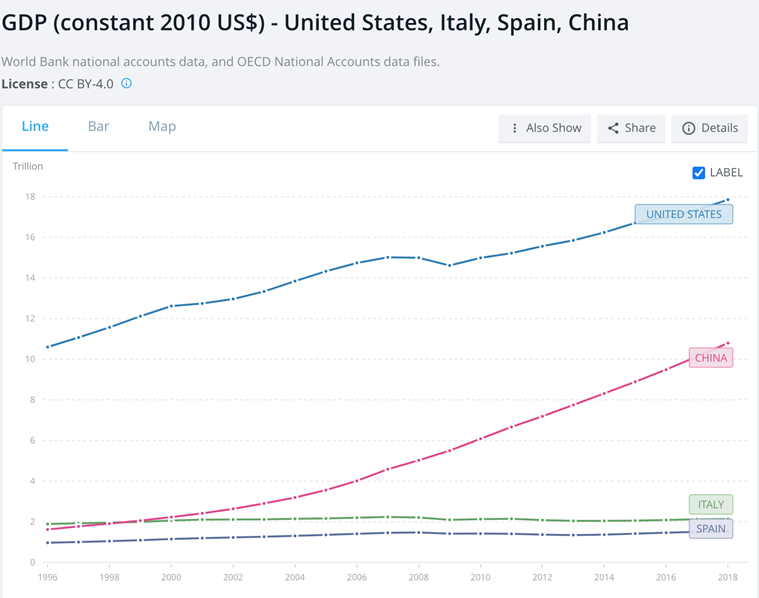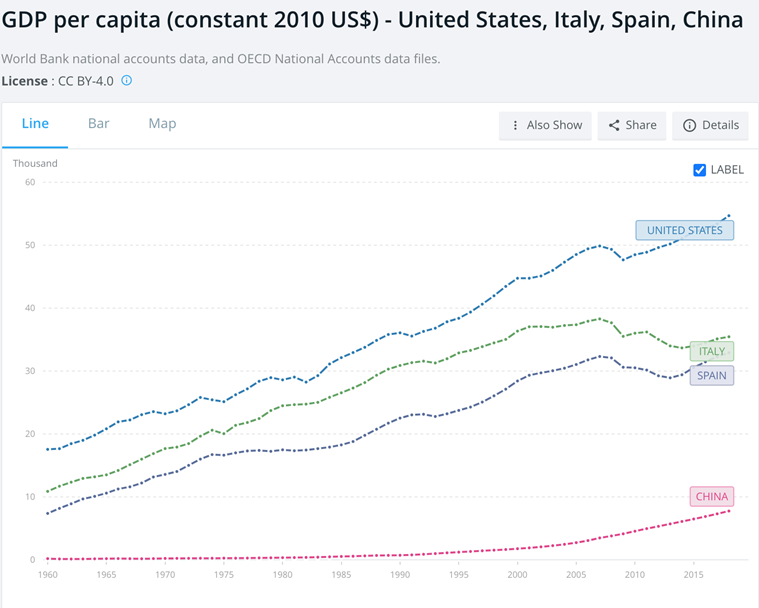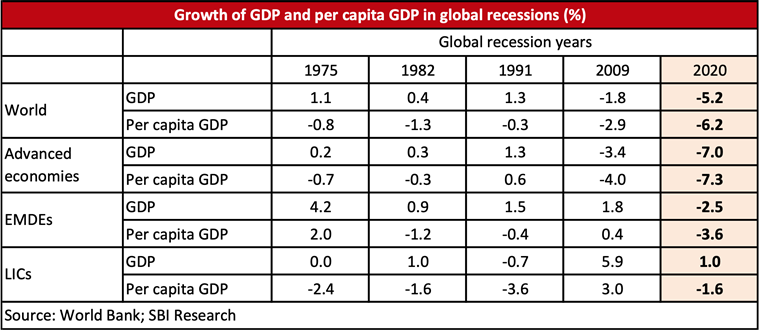Udit Misra is Senior Associate Editor. Follow him on Twitter @ieuditmisra ... Read More
Latest Comment
Post Comment
Read Comments
 An assembly line at a scooter factory in Bangalore. S&P Global Ratings has released a report that stated that “India’s economy is in deep trouble” (File/The New York Times)
An assembly line at a scooter factory in Bangalore. S&P Global Ratings has released a report that stated that “India’s economy is in deep trouble” (File/The New York Times)
Dear Readers,
Observers of the Indian economy found much to talk about last week as the International Monetary Fund (IMF) came up with its latest update.
IMF’s Chief Economist Gita Gopinath said, “We are projecting a sharp contraction in 2020 of – 4.5 per cent… a historic low”. However, the IMF expects a sharp recovery of 6% in the very next year.
Later in the week, S&P Global Ratings released a report that stated that “India’s economy is in deep trouble”. But it, too, stated that the economy will rebound sharply in 2021-22.
Many (especially in the government) have suggested that the recovery has already started. The horticultural metaphor — “green shoots” — made a comeback in the national economic discourse.
In fact, according to the latest quarterly review of the economy by the National Council of Applied Economic Research (NCAER), it is even possible, under some ambitious assumptions, for India to achieve a positive GDP growth rate —1.3% — in the current financial year. The GDP or Gross Domestic Product, as you know, is nothing but the market value of all goods and services produced in an economy.
As many of you have noticed, most of the talk of economic recovery is happening in terms of real GDP growth rate. Indeed, this was the variable that was being used until the Covid crisis to analyse the state of the economy.
But there are compelling reasons why readers should focus on the absolute levels of GDP instead of GDP growth rates for the next few years if they want to truly understand where the economy stands at a particular point relative to where it was before the Covid crisis. That’s because looking at GDP growth rates alone can be misleading especially if the idea is to understand what happens to the overall wellbeing of the people in an economy.
Let me explain by a real-life example.

Chart 1 shows the annual GDP growth rates for the US, Italy, Spain and China. If you focus on the period around the Global Financial Crisis of 2008 and 2009, you will see a sharp “V-shaped” or “W-shaped” recovery for the US, Italy and Spain. By contrast, for China, the growth rate, though higher, continues to decelerate right through.

But if one looks at Chart 2, which maps the absolute level of GDP, the picture is quite different. Notwithstanding the deceleration in growth rate, China’s total GDP continued to rise the steepest of the four. The US’ trajectory got shifted down almost permanently, while Italy and Spain flatlined!
In fact, until 2018, Italy could not regain the absolute GDP level that it had in 2007 ($2.23 trillion). Spain managed to surpass its 2008 GDP level only in 2017.

How did this happen? Imagine the GDP of a country falling by 12% in a crisis — from Rs 100 trillion to Rs 88 trillion. Suppose, over the next two years, this country rebounds sharply and registers growth rates of 6% and 7%, respectively. Even then at the end of the third year, the absolute GDP of the economy — Rs 99.8 trillion — will be less than what it was before the crisis.
ExplainSpeaking| When and how will Indian economy recover, what the shape of its recovery will be?
What further underscores why you should look at absolute GDP instead of GDP growth rates for a few years is the performance of absolute GDP per capita, which is an even more relevant marker for the wellbeing of a common Indian than the aggregate GDP.
As Chart 3 shows, countries took longer to recover on GDP per capita than absolute GDP levels. The US, Italy and Spain had their highest GDP per capita in 2007. The US took six years to breach that mark while Spain took 10 years; Italy had not managed to recover even until 2018.
📣 Express Explained is now on Telegram. Click here to join our channel (@ieexplained) and stay updated with the latest

Table 4 shows how per capita GDP was affected in past recessions and the projections for the current one.
“Countries’ income in per capita (or GDP per capita) terms, coming back to the old levels takes even longer than the GDP coming back to the old levels, after a crisis,” according to Soumya Kanti Ghosh, Group Chief Economic Adviser of State Bank of India.
In short, accurate assessment of people’s wellbeing requires evaluating green shoots of recovery in relation to the trees that were lost in the storm.
Stay safe.
Udit